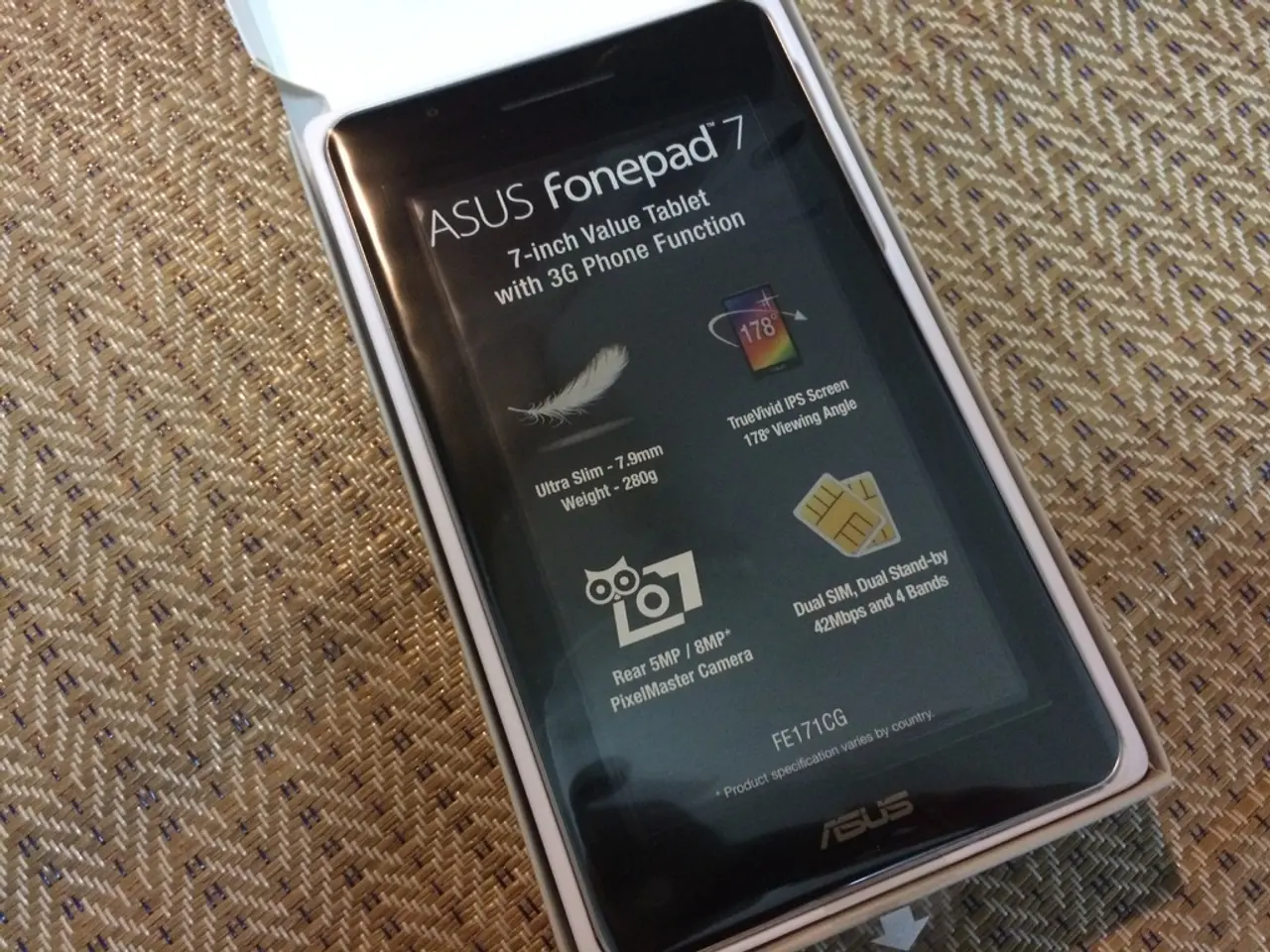Smartphone Ownership Lagging in Countries Facing Unique Challenges
Despite global economic growth and technological advancements, smartphone ownership remains low in certain countries due to unique challenges. These include limited urbanization, political restrictions, and infrastructure deficits, as seen in nations like Vietnam and Ethiopia.
Vietnam, with only 39.5% of its population living in cities, struggles with internet freedom and political restrictions. These factors hinder widespread iPhone adoption despite its regional power and economic development.
In 2015, India, one of the world's largest iPhone markets, had only 17% ownership. This highlights the disparity between wealth and iPhone usage, with wealthier countries like South Korea boasting 88% ownership compared to Ethiopia's mere 4%.
Within countries, income plays a significant role. Higher-income individuals are more likely to own iPhones than their lower-income counterparts. Mark Zuckerberg has criticized the mobile phone industry for focusing on 5G networks instead of ensuring global internet access. In Ethiopia, 52% of people own neither an iPhone nor a regular mobile phone, underscoring the digital divide.
The path to universal iPhone ownership is complex and multifaceted, involving factors like urbanization, political environment, and income disparity. Addressing these challenges is crucial for bridging the digital divide and ensuring equal access to technology.
Read also:
- Aston Martin could potentially fit the Valkyrie race car with a straight pipe exhaust system.
- UK Government Issues Safety Alert on Ideal Heating Boilers After Fire Video
- EV Prices Plummet: Major Manufacturers Slash Costs by Up to €7,000
- Expanding Smartphone Market Witnesses Increased Momentum by 12.20% Owing to Refurbished Devices







